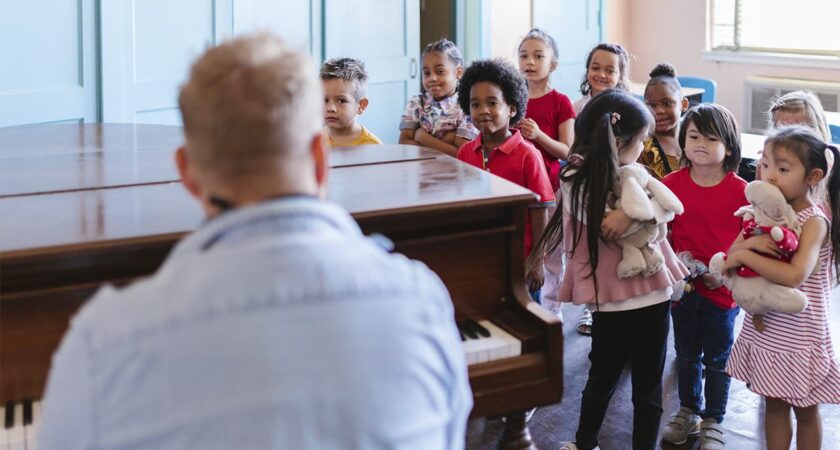Rosh Hashanah (Hebrew for “Head of the Year”) is the Jewish New Year, which is celebrated over two days, on the 1st and 2nd of the Jewish month of Tishri in the Jewish calendar (in September or October). This is when the days of the new Jewish year begin to count.
There is a legend that on Rosh Hashanah, G-d writes in the Book of Life what fate awaits a person in the coming year. At this time, Jews are instructed to analyze their actions over the previous year and prepare for the coming year. Thinking about the future, Jews ask for peace, harmony, and health.
Rosh Hashanah is also a holiday of joy, goodness, and prosperity. In Israel, on this holiday, the family gathers at the table, which is decorated with traditional holiday dishes: a fish head to be “at the head” and not in the tail; carrots in circles – in shape and color they should resemble gold coins; round sweet challah with raisins – to make the year full and healthy; apples and honey – to make the year sweet and happy.
According to an ancient Jewish tradition, during the celebration of Rosh Hashanah, a shofar is blown, a ram’s horn used as a trumpet. According to the Torah, when an angel held Abraham’s hand over his son Isaac with a knife, God ordered Abraham to sacrifice a ram instead. Thus, the ram became a symbol of repentance. In a spiritual sense, the sound of the shofar is a warning that we need to repent before God.
We celebrate Rosh Hashanah at school with great joy, have a traditional Seder meal, blow the shofar, and wish each other “Shana tovah u metuka!”
